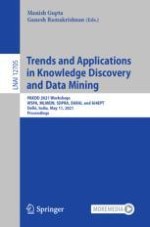1 Introduction
2 Seismographs
3 Methods
3.1 Generation of Synthetic Images
Waveforms | Ver. 1 | Ver. 2 | Ver. 3 |
|---|---|---|---|
Observation noise (Gaussian noise) | 
| 
| 
|
Time stamps (pulses every second) | 
| 
| 
|
Pulsations (Gaussian noise + bandpass filter) |  (1.0)
(1.0) |  (2.0)
(2.0) |  (2.0)
(2.0) |
Tremors (Gaussian noise + bandpass filter) |  (1.0)
(1.0) |  (0.5)
(0.5) |  (1.0)
(1.0) |
Earthquakes (P waves & S waves) | 
|
